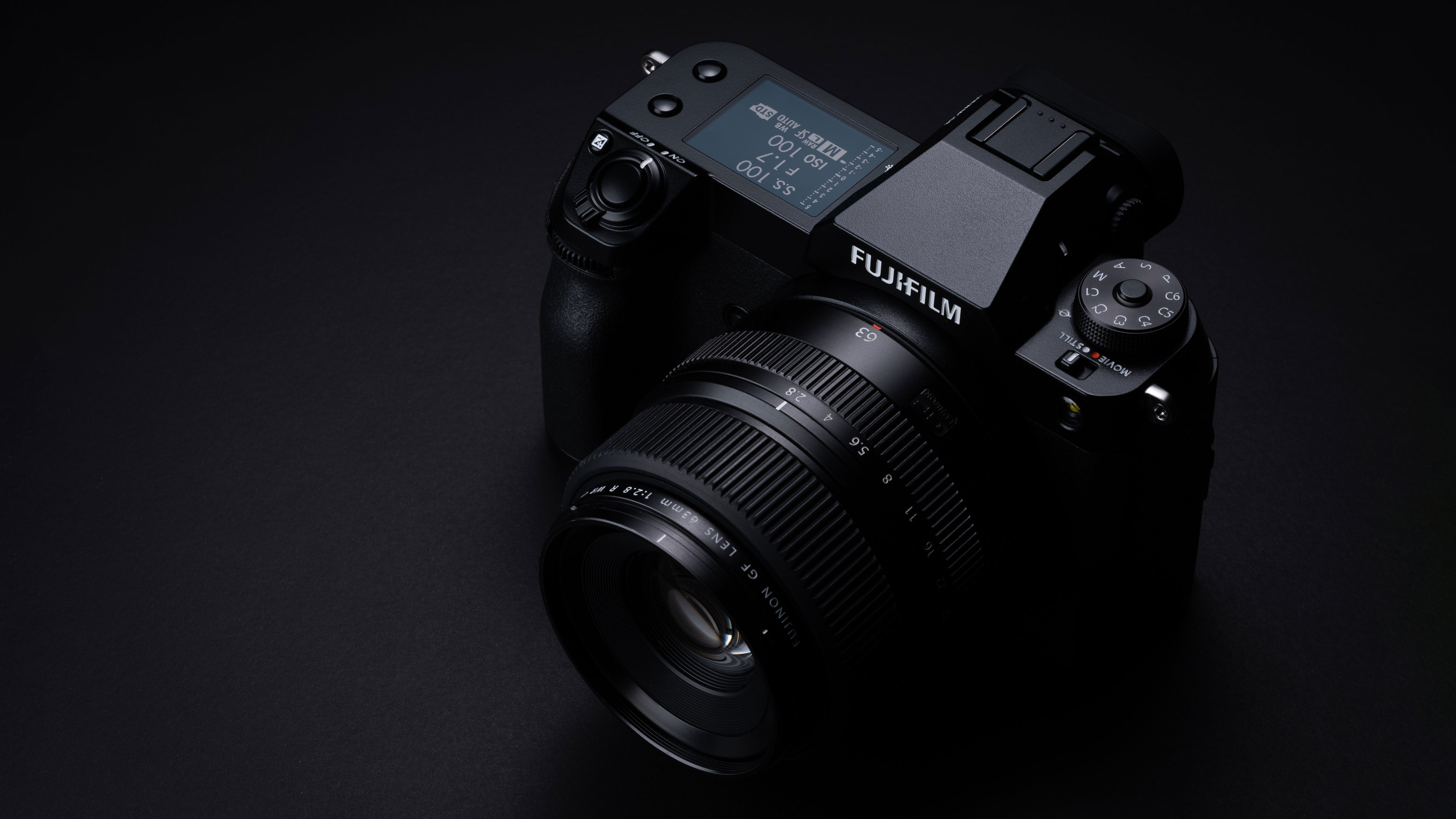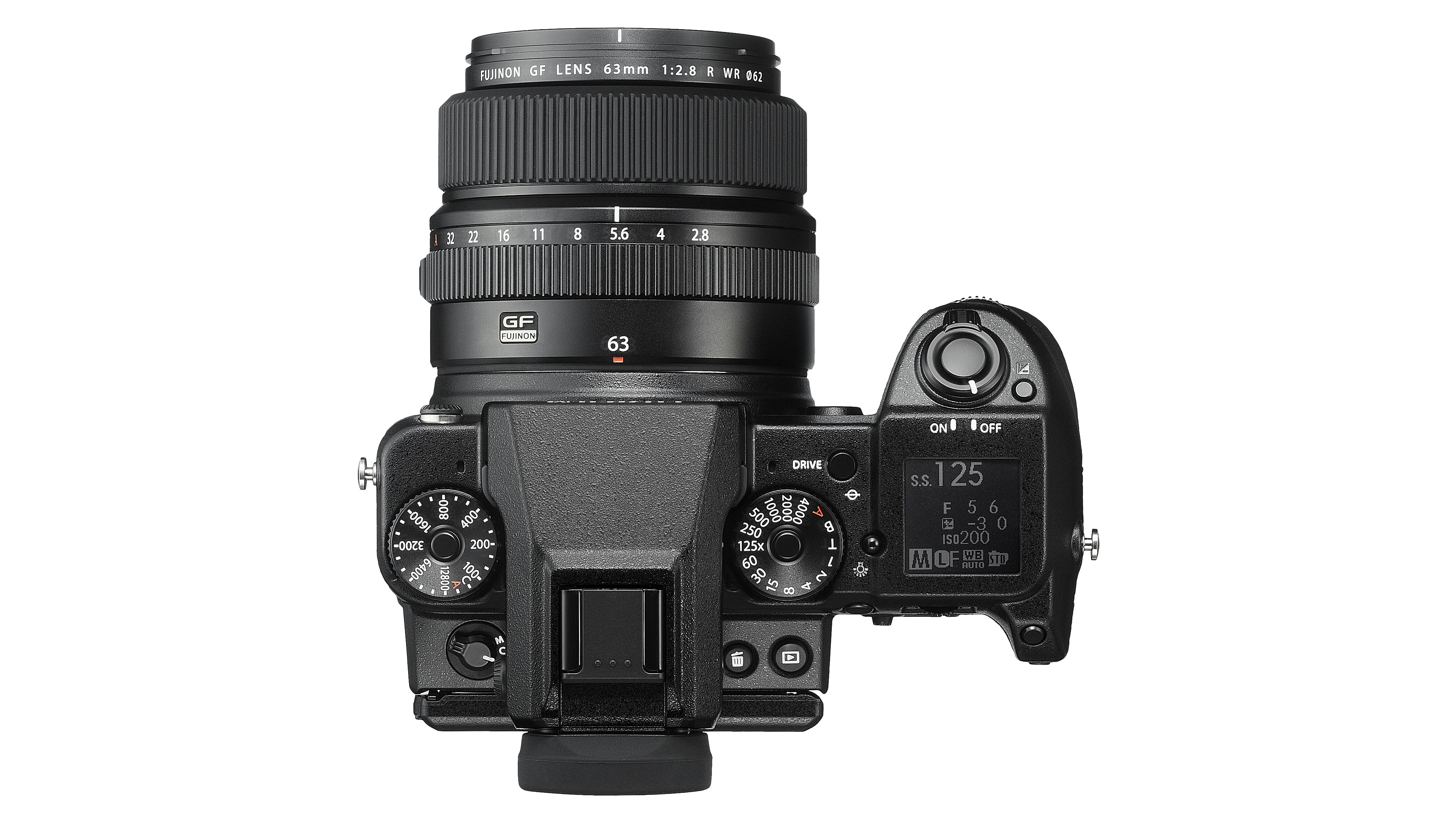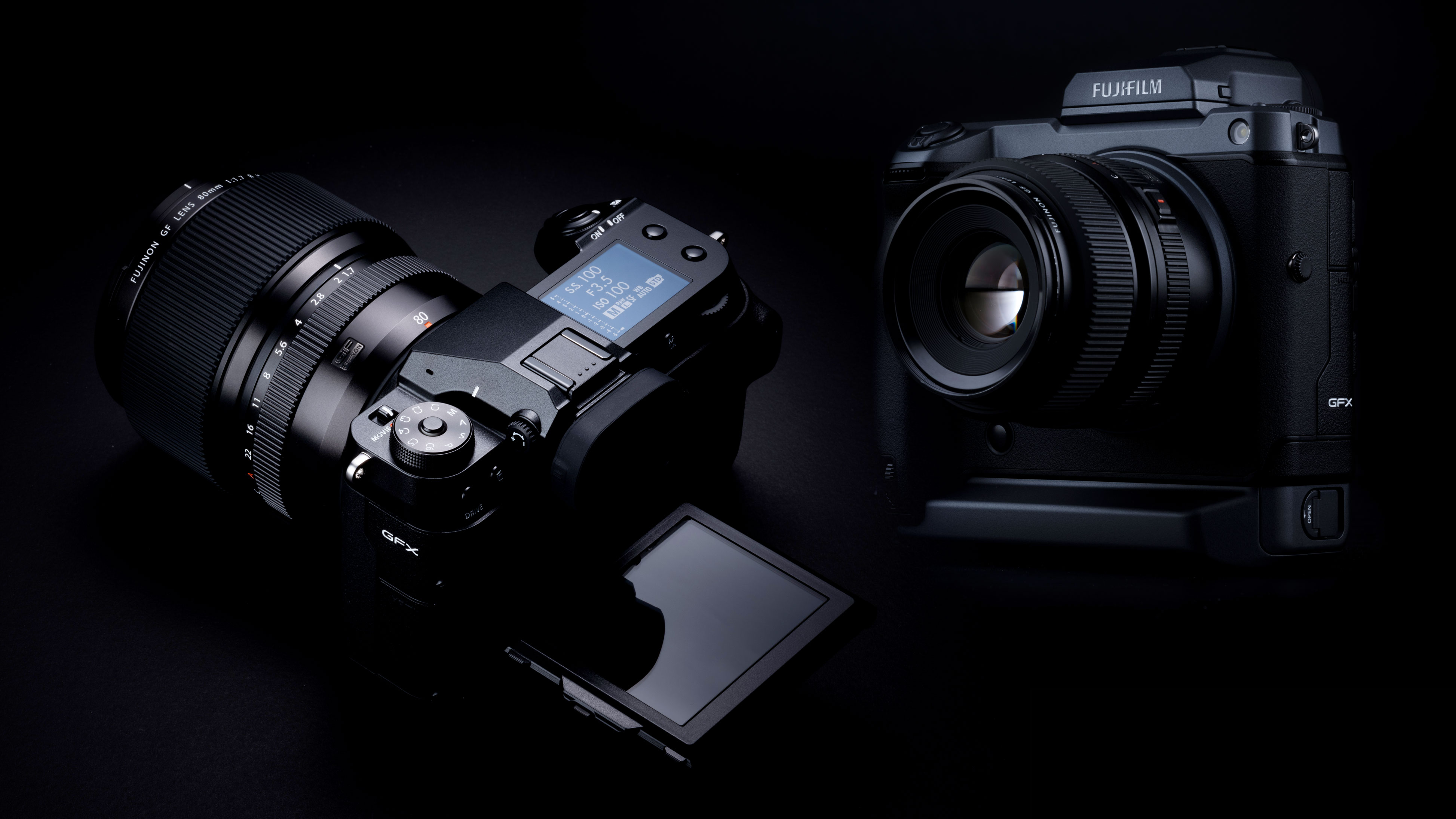Fujifilm celebrates five years of bringing medium format cameras to the masses
When Fujifilm released the GFX 50S in 2017, medium format become a real alternative to shooting full frame

It’s been five years since Fujifilm first launched the GFX 50S. It was a bold move at the time but one that has set Fujifilm apart from other camera brands. Now known as a brand that specializes in sensor sizes on the opposite end of the spectrum, Fujifilm has achieved something not many brands have - it’s made medium format photography accessible.
When the Fujifilm GFX 50S was released, digital medium format photography still felt like it was reserved for either wealthy photographers or those working for some of the world’s biggest brands. The larger sensor makes medium format cameras perfect for shooting images that need to be blown up to billboard size, but sadly they came with a pretty hefty price tag.
• Read more: Best Fujifilm cameras
Hasselblad might’ve beat Fujifilm to the post by releasing the first digital medium format mirrorless camera, but Fujifilm’s GFX offering was head-turning. At just $6,500/£6,199 the original RRP of the GFX 50S was insanely low so it’s no wonder Fujifilm’s medium format cameras stole the heart of photographers all over the world. To put that into perspective, the Hasselblad 1XD was $8,995/£7788 when it was first released and honestly, it’s just not as good. The shutter sounded cheap and mechanical and it didn’t have the same robust feel as the GFX 50S.

| Name | Date of release | Megapixels |
|---|---|---|
| Fujifilm GFX 50S | January 2017 | 50 |
| Fujifilm GFX 50R | November 2018 | 50 |
| Fujifilm GFX 100 | May 2019 | 102 |
| Fujifilm GFX 100S | March 2021 | 102 |
| Fujifilm GFX 50S II | September 2021 | 50 |
Since then, Fuji has released six medium format cameras, each offering more megapixels, faster continuous burst modes and more impressive focus systems. The latest is the Fujifilm GFX 100S which may well be one of Fujifilm’s most impressive releases of all time. It cost just over half of what the GFX 100 cost when it was first released and features the same jaw-dropping 102-megapixel sensor. This was really a standout moment for Fujifilm and it got people excited. I was working at Wex at the time and the number of pre-orders we received for it was astonishing.
The GFX 100S is a serious bit of kit and an absolute pleasure to shoot with. Sure it lacks the 5fps continuous shooting speed but if you're using it primarily for portraits and studio work, that’s not going to be a massive issue. It picks up details like nothing you’ve ever seen and you can crop in so much without losing any resolution.
By focussing on APS-C and medium format cameras, Fujifilm has really been able to hone in on its craft. Not only are the GFX cameras seriously impressive in terms of specs and image output, but they look and feel like quality cameras too which is hardly surprising considering the built quality of the X-Series cameras.
Get the Digital Camera World Newsletter
The best camera deals, reviews, product advice, and unmissable photography news, direct to your inbox!

When you think about how much Fujifilm has achieved over the last five years, it really is quite impressive. They’ve doubled the number of megapixels in sensors, improved the speed of autofocus and found a way to keep the GFX series accessible for the consumer market.
At first, people were skeptical about Fujifilm’s decision to not release a full-frame system. It might’ve seemed like the logical step but Fujifilm had its sights set on a release that would set it apart from the likes of Sony and Canon.
I still miss shooting with my Fujifilm X-T3. After a few long hard months of deliberation, did decide to jack it in for the Sony A7 III but believe me, it wasn't an easy decision. I would still say Fujifilm is my favorite camera brand and if they ever did release a full-frame camera (which they won’t) I'd buy it at the drop of a hat. Instead for now, I’m excited to find out what Fujifilm has up its sleeve for the next GFX and hope that one day, I’ll be in a position to buy one.
Read more:
Best medium format cameras
Best Fujifilm cameras
Best Fujifilm GF lenses
Latest Fujifilm GF lens roadmap
Best lens for portraits

Having studied Journalism and Public Relations at the University of the West of England Hannah developed a love for photography through a module on photojournalism. She specializes in Portrait, Fashion and lifestyle photography but has more recently branched out in the world of stylized product photography. Hannah spent three years working at Wex Photo Video as a Senior Sales Assistant, using her experience and knowledge of cameras to help people buy the equipment that is right for them. With eight years experience working with studio lighting, Hannah has run many successful workshops teaching people how to use different lighting setups.
